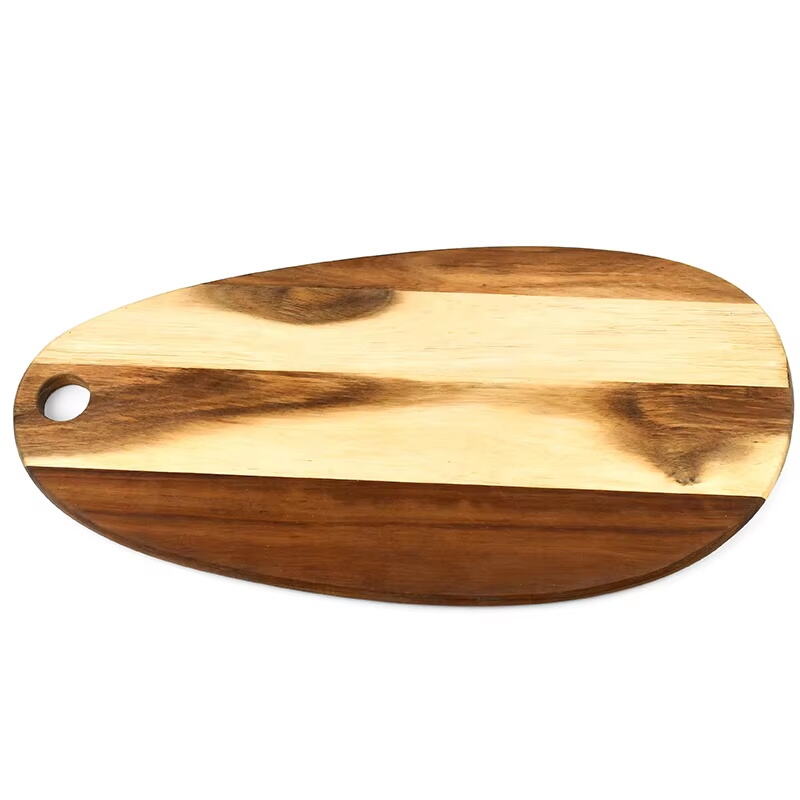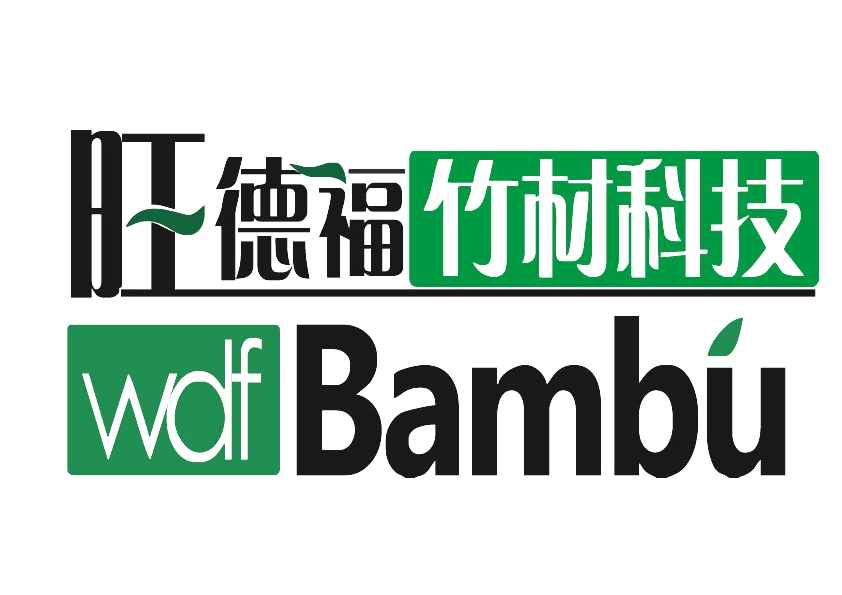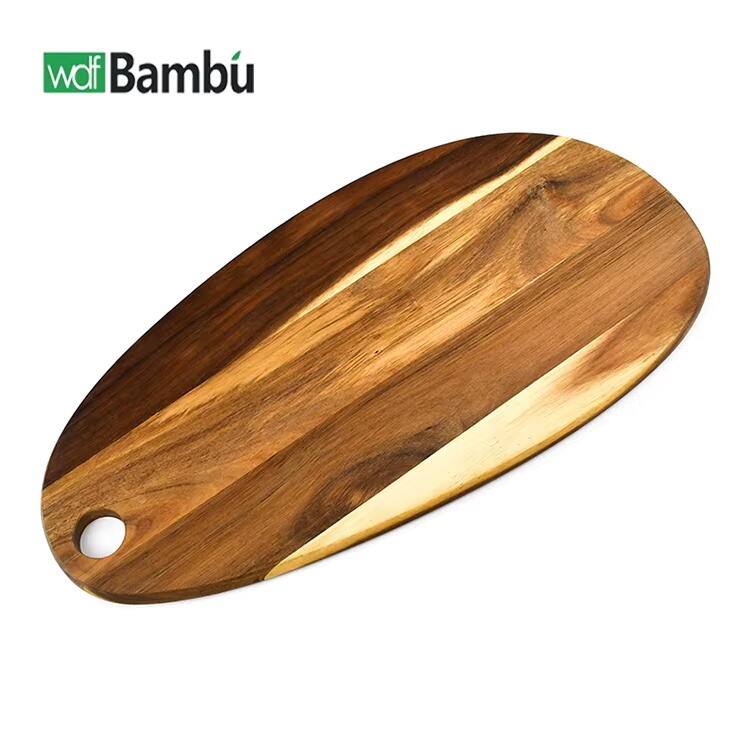프리미엄 나무 도마 관리 가이드
A 나무 도마 세트는 실용적인 주방 투자이자 요리 장인정신의 일부입니다. 이 다용도 도구는 음식 준비에 이상적인 표면을 제공할 뿐만 아니라 주방 공간에 자연스러운 따뜻함을 더해줍니다. 하지만 이러한 제품의 내구성을 유지하고 오랫동안 아름답고 기능적으로 사용하려면 정성 어린 관리와 주의가 필요합니다.
적절히 관리된다면 고품질의 나무 도마 세트는 수 세대 동안 사용할 수 있으며, 시간이 지남에 따라 개성 있는 매력을 띄면서도 구조적인 견고함을 유지할 수 있습니다. 나무 도마 관리의 기본을 이해하면 소중한 투자를 보호하고, 모든 요리 활동에서 위생적인 음식 조리면을 보장할 수 있습니다.
나무 도마의 일상적 관리 방법
적절한 청소 기술
나무 도마 세트 관리의 첫 단계는 사용 후 적절히 청소하는 것입니다. 먼저 벤치 스크래퍼나 주걱으로 음식물 찌꺼기를 긁어냅니다. 그런 다음 따뜻한 물과 순한 식기 세제로 도마를 씻되, 나무가 물에 젖지 않도록 주의합니다. 표면을 손상시킬 수 있는 거친 스펀지나 닦개 대신 부드러운 스펀지나 천을 사용하는 것이 좋습니다.
즉시 건조하는 것이 중요합니다 - 나무 도마 세트를 공기 건조 상태로 오래 두지 마세요. 깨끗한 주방 수건을 사용하여 양면과 가장자리를 완전히 말려 주세요. 도마를 세워서 공기가 순환할 수 있도록 하여 완전히 건조시켜야 합니다. 이렇게 하지 않으면 나무 속에 습기가 스며들어 휘거나 갈라질 수 있습니다.
전략적 보관 솔루션
나무 도마 세트를 어떻게 그리고 어디에 보관하느냐는 도마의 수명에 큰 영향을 미칩니다. 공기 순환을 촉진시키고 습기가 차는 것을 방지하기 위해 도마를 수직으로 보관하는 것이 수평으로 쌓아 두는 것보다 좋습니다. 나무가 마르고 갈라지지 않도록 열원과 직사광선을 피한 장소에 보관하세요.
나무 도마를 위한 전용 선반을 사용하거나 캐비닛 사이에 공간을 만들어 보관하는 방법을 고려해 보세요. 이렇게 정리하면 구매한 제품을 보호할 수 있을 뿐만 아니라 식사 준비 중에 다양한 도마를 꺼내기에도 편리합니다.

깊은 보습 및 관리 방법
매월 오일 도포
정기적으로 오일을 발라주는 것은 나무 도마 세트의 수분 균형과 보호막을 유지하는 데 필수적입니다. 식품 등급 미네랄 오일을 사용하는 것이 좋습니다. 이 오일은 산패되지 않으며 나무 속까지 깊이 침투합니다. 매월 한 번, 또는 나무가 마른 상태로 보일 경우 보다 자주 발라주십시오.
도마에 오일을 발라줄 때는 미네랄 오일을 약간 따뜻하게 데운 후 부드러운 천에 충분히 묻혀 나뭇결 방향으로 발라줍니다. 몇 시간 또는 하룻밤 동안 오일이 스며들게 한 후 남아 있는 오일은 닦아냅니다. 이 처리는 나무가 마르는 것을 방지하고 습기와 얼룩으로부터 자연스러운 보호막을 형성해 줍니다.
계절별 도마 복원 작업
몇 달에 한 번 정도 나무 도마 세트에 더 집중적인 관리를 해주는 것이 좋습니다. 미네랄 오일과 식품 등급 비즈왁스를 사용하여 페이스트를 만들어 추가적인 보호 및 방수 효과를 줍니다. 정기적인 오일링 절차 후 이 혼합물을 발라 더욱 오래 사용할 수 있도록 해줍니다.
이번 계절 관리 루틴은 보드의 점검 기회도 제공합니다. 전문가의 점검이나 보드 교체가 필요한 심한 긁힘 자국, 갈라짐 또는 휘어짐 등의 이상 징후를 확인해 주세요.
일반적인 손상 문제 예방
온도 관리
극심한 온도 변화는 나무 도마 세트에 심각한 영향을 줄 수 있습니다. 절대 뜨거운 냄비나 프라이팬을 나무 표면 위에 바로 올려놓지 말고, 보드를 매우 추운 환경에 노출시키지 마세요. 이러한 급격한 온도 변화는 나무가 팽창하거나 수축하게 만들어 균열이나 갈라짐을 유발할 수 있습니다.
마찬가지로 나무 도마를 식기세척기나 과도한 열기, 증기로부터 멀리 두세요. 높은 온도와 습기는 도마의 휘어짐을 유발할 수 있으며, 나무에 있는 천연 오일을 손상시켜 도마의 내구성을 약화시킬 수 있습니다.
습기 관리 전략
습기는 아마도 나무 도마 세트의 가장 큰 적일 것입니다. 생고기나 매우 물기 많은 재료에는 별도의 플라스틱 도마를 사용하는 식으로 물에 노출되는 시간을 최소화하는 방법을 실천하십시오. 청소할 때는 빠르고 효율적으로 진행하여 물과의 접촉 시간을 줄이십시오.
추가적인 습기 보호 기능을 위해 매년 식품 등급의 마감제를 발라주는 것을 고려하십시오. 이는 나무의 자연적인 특성을 유지하면서도 수분 침투에 대한 추가적인 장벽을 형성하며 위생적인 조리 식재료 접촉면을 유지할 수 있습니다.
전문가를 위한 브러시 관리 팁
표면 재가공 기술
시간이 지나면서 나무 도마 세트에 깊은 긁힘이나 고르지 않은 표면이 생길 수 있습니다. 미세한 연마재로 가볍게 샌딩을 하면 표면을 다시 매끄럽게 만들 수 있습니다. 항상 나뭇결 방향으로 샌딩한 후 발생한 먼지를 완전히 제거하고 새로운 오일 처리를 진행하십시오.
사용 흔적이 뚜렷한 보드의 경우 전문가에게 리페인트를 의뢰하는 것을 고려하십시오. 숙련된 목공예가는 보드 표면을 다듬어 깊은 흠집을 제거하고 원래의 아름다움을 되살리면서도 구조적 안정성은 그대로 유지할 수 있습니다.
보드 수명 연장
나무 도마 세트를 정기적으로 교체 사용하여 마모를 고르게 분산시켜 주세요. 채소용, 빵용, 그리고 음식 제공용 등 각기 다른 작업을 위해 도마를 구분해 사용하면, 각 도마의 수명을 연장할 수 있을 뿐 아니라 음식 간 맛 전달을 방지하는 데도 도움이 됩니다.
오일 도포 일정과 주기적인 관리 시기를 추적할 수 있도록 관리 캘린더를 유지하십시오. 정기적인 관리는 심각한 문제가 발생하는 것을 방지하고, 손상이 심각해지기 전에 전문가의 개입이 필요한 시점을 파악하는 데 도움이 됩니다.
자주 묻는 질문
나무 도마 세트에 오일을 발라줘야 하는 빈도는 얼마나 되나요?
최적의 관리를 위해 4~6주마다 나무 도마에 기름을 발라주거나, 나무가 마르고 칙칙해 보일 때마다 기름을 발라주십시오. 자주 사용하는 도마는 매월 기름칠이 필요할 수 있으며, 덜 사용하는 도마는 처리 간격을 더 길게 할 수 있습니다.
나무 도마가 즉각적인 관리가 필요하다는 신호는 무엇인가요?
나무에 깊은 긁힘자국, 균열 또는 갈라짐, 청소 후에도 남아 있는 강한 음식 냄새, 휘어짐이나 불균형이 생긴 경우를 주의 깊게 살펴보십시오. 이러한 문제들은 추가 손상과 식품 안전 유지 방해를 막기 위해 즉시 조치를 취해야 합니다.
올리브유나 식물성 기름을 나무 도마에 사용할 수 있나요?
올리브유나 식물성 기름과 같은 조리용 기름은 시간이 지나면서 산패할 수 있으므로 사용하지 마십시오. 대신 식품등급 광물유나 상하지 않고 나무 보호에 더 효과적인 전용 도마 기름을 사용하시기 바랍니다.
나무판자에 묻은 완고한 얼룩을 제거하는 가장 좋은 방법은 무엇입니까?
찌든 때는 굵은 소금과 레몬즙을 섞어 반죽처럼 만드세요. 얼룩 부위를 부드럽게 문지르고 잠시 방치한 후 헹구고 완전히 말리세요. 얼룩이 잘 지워지지 않을 때는 가볍게 사포질한 후 오일을 충분히 발라야 할 수 있습니다.



 홈페이지
홈페이지